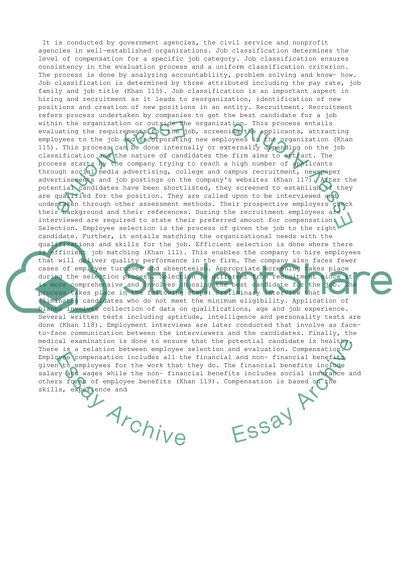Cite this document
(“Principles of management questions answer Essay”, n.d.)
Principles of management questions answer Essay. Retrieved from https://studentshare.org/management/1486828-principles-of-management-questions-answer
Principles of management questions answer Essay. Retrieved from https://studentshare.org/management/1486828-principles-of-management-questions-answer
(Principles of Management Questions Answer Essay)
Principles of Management Questions Answer Essay. https://studentshare.org/management/1486828-principles-of-management-questions-answer.
Principles of Management Questions Answer Essay. https://studentshare.org/management/1486828-principles-of-management-questions-answer.
“Principles of Management Questions Answer Essay”, n.d. https://studentshare.org/management/1486828-principles-of-management-questions-answer.


